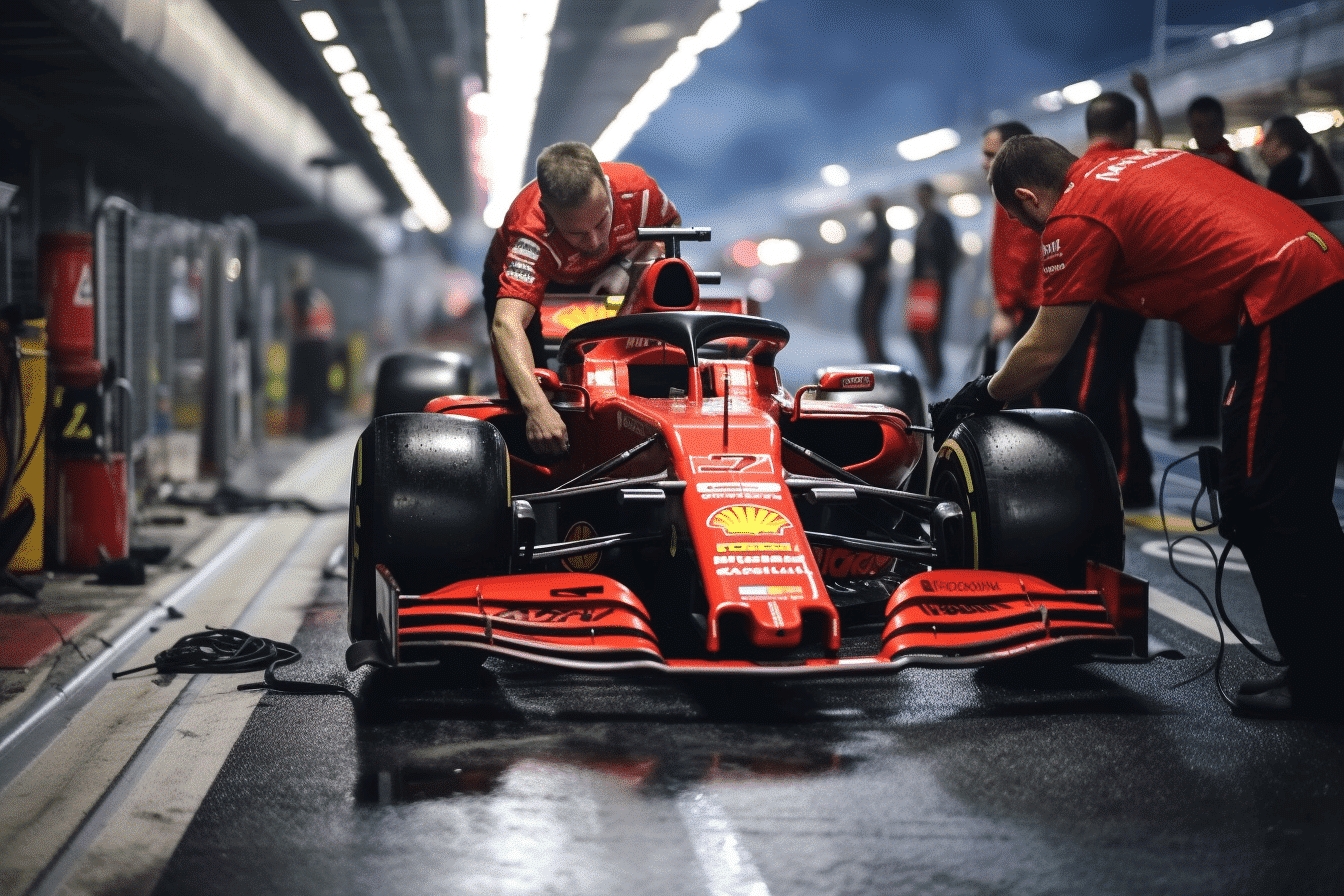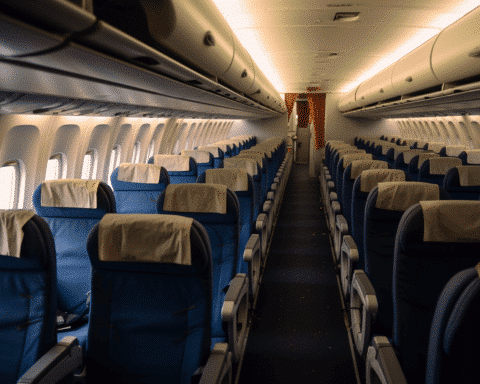The excitement surrounding the inaugural Las Vegas Grand Prix was met with an unexpected pause as the first practice session came to an abrupt halt after only eight minutes of action. The much-anticipated event on the Las Vegas Strip circuit witnessed an unforeseen interruption when Carlos Sainz’s Ferrari encountered severe difficulties due to a raised track surface, resulting in considerable damage to his vehicle.
The incident led to a significant safety concern, prompting officials to red-flag the session. It was revealed that the issue stemmed from a compromised concrete frame surrounding a manhole cover. This unexpected event required immediate attention from the FIA, who decided to suspend the session to conduct thorough inspections of all manhole covers along the circuit.
The pause in proceedings has set back the schedule, with the second practice session (FP2) now anticipated to start two hours later than originally planned. The FIA has compensated for the lost time by extending FP2 to 90 minutes, allowing drivers and teams to make up for the morning’s truncated session.
Sainz was not the only driver to face the harsh realities of the new circuit; Esteban Ocon’s Alpine also suffered notable damage early on, necessitating a full chassis change. Despite these setbacks, the day wasn’t without its high points. Before the cessation of the session, Charles Leclerc of Ferrari managed to clock the fastest lap with a time of 1m40.909s on the C5 soft tyre. His pace was notably quicker than competitors, over two seconds ahead of the Haas drivers Nico Hulkenberg and Kevin Magnussen.
Max Verstappen of Red Bull secured the fourth fastest time, albeit using the C4 medium compound. However, the significance of these early lap times is questionable since teams were still in the initial phases of acclimatizing to the circuit, which was described as very cold and slippery.
The FP2 session has now become pivotal for the teams. They are faced with the challenge of determining the optimal downforce levels for a street circuit that combines long straights with the need for high efficiency. Achieving a delicate balance between high speed and low grip is essential, and the teams are expected to use the extended FP2 to refine their strategies.
In anticipation of the unique demands of the Las Vegas track, McLaren has introduced an updated rear beam wing and flap profile on their MCL60 to mitigate high drag issues, indicative of the innovative approaches teams are taking to tackle the new circuit.
Adding to the complexity of the situation is the track temperature, which was recorded at less than 20C at the start of the session. This cooler climate contributes to the unique challenge presented by the Las Vegas Strip circuit, where grip levels are crucial for a competitive performance.
As the teams and drivers regroup and strategize for the rescheduled FP2, the Las Vegas Grand Prix continues to hold the promise of high stakes and high-speed action, in true Vegas style.




